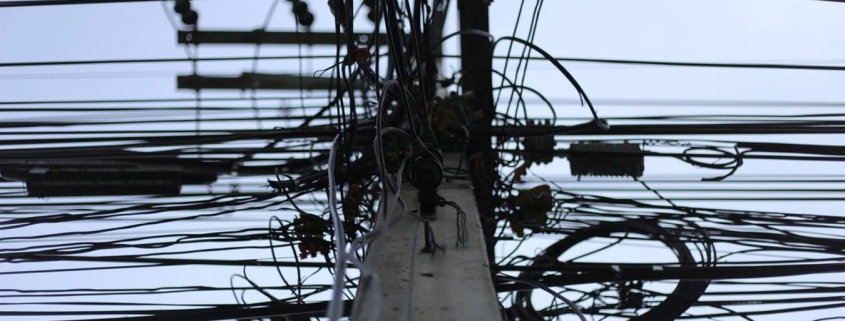Leased line connectivity holds many advantages over broadband or fibre, but does it justify the extra cost?
A leased line is a point-to-point symmetric dedicated data connection with a fixed bandwidth. It is a connection that’s reserved just for you (dedicated) and consistently provides the same ultra-fast speed (fixed bandwidth) on both upload and download (symmetrical).
Use Cases
Businesses use leased lines for a variety of reasons which commonly include:
-
- connecting to the Internet
- linking PCs and servers in different corporate offices
- carrying phone calls
- enabling staff to connect to their work PCs from home
Benefits
Point-to-point means that the line connects two points together. The first location is typically a corporate office. Corporate offices, data centres connected to the Internet or data centres connected to the company’s existing Wide Area Network are typically the second location.
The symmetry of leased lines refers to upload and download speeds. With broadband or fibre, download speeds generally far exceed upload speeds. With leased lines they are equally fast. This makes things like accessing the network from home, sending large files, backing up data, web-hosting and VoIP telephony much faster.
Leased lines are also dedicated. They are for your use only and so there is no contention with other users. You don’t have to share your bandwidth with anyone. This means that when normal broadband or fibre services slow down at peak times there is no interruption to your private connection.
If your connection does falter, with a leased line you are likely protected by a service level agreement. SLAs dictate the minimum level of service you can expect from your provider. They also outline the level of compensation on offer, in the event of a fault. Therefore, should you have an issue that isn’t rectified promptly, you will be aware of what compensation to expect. Most other internet connections will offer limited compensation, if at all, in the event of a problem.
Leased lines also offer much higher security than broadband alternatives. You aren’t actually sharing information on a public data network because your business controls the different points of the connection. You’re not totally immune to hacking or data leaks, but you certainly have more security measures in place.
Drawbacks
Leased line has some downsides. Costs are falling but are still higher than other forms of connectivity, you are likely to have to wait longer for it to be installed (3 months vs 2 weeks for broadband) and the physical installation process itself is much more complicated and may require some minor construction work.
Conclusion
Leased lines bring with them a whole host of benefits. The reliability, symmetry, quality and security that they provide could drastically help your business. For most businesses the issues with cost and installation are minor compared to the long-term benefits and so you should consider upgrading to a leased line.











Leave a Reply
Want to join the discussion?Feel free to contribute!